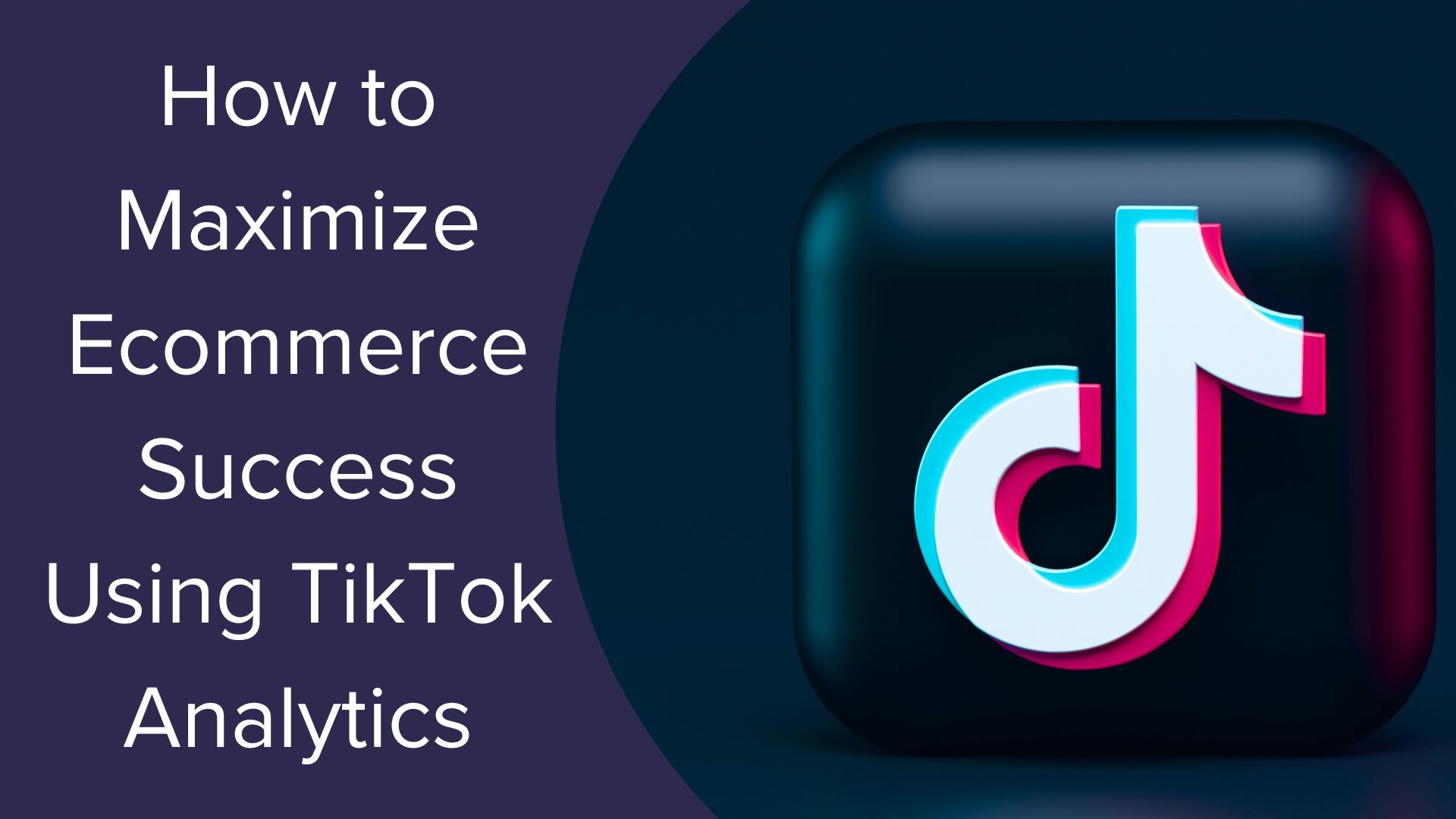Which Audience Targeting Strategy Best Fits Your E-Commerce Brand?

Audience Targeting Strategies Are Not One Size Fits All
Have you noticed that almost every article online seems to have the magic answer to the one audience targeting strategy that works best for all e-commerce brands? The only problem is each one is different but each one professes to be the magic cure-all for every e-commerce brand. How can that be true?
Our Approach Is a Bit Different
We know the strategy you pick for marketing your e-commerce brand has to be tailored to your specific brand, your specific company and, most importantly, your specific target audience. It’s never a one-size-fits-all proposition.
That said, how can you choose which one is the right fit? That takes some detective work. So, let’s get started.
Audience Targeting and Marketing Methods Defined
Let’s step back for a minute before we look at two different approaches to audience targeting methods in this article. Because everyone comes to this subject with a different level of knowledge, it’s good for us to all be on the same page for this discussion.
-
Target Audience
Your target audience is the consumer group you believe is most likely to want your products and/or services. Hopefully you’ve defined this group in detail because the more you know about these people, the easier it will be to target what appeals to them. All targeted groups should include information about age ranges, gender, income, location, and interests as well as specifics that tie them as closely to your product/service as possible.
-
Mass Marketing
Mass marketing, also known as undifferentiated marketing, involves a one-size-fits-all approach. In other words, you send the same marketing materials to everyone.
-
Consolidated Audience Targeting
Consolidated audience targeting combines individual audience members who share a broad common element. It’s hoped these persona groups are likely to respond to a particular marketing campaign or product/service. The elements are fairly broad, like age range or gender.
-
Segmented Audience Targeting
A recent MailChimp survey focused on email found that segmented campaigns delivered a 14% lift in open rates and a 101% lift in clicks over non-segmented campaigns. Similarly to consolidated audience targeting, segmentation divides your target audience members into groups, but those groups are much more specific and include multiple common factors. Common factors can include criteria like shopping or other behavior, psychological, psychosocial, demographic, geographic, education levels, communication preferences, and/or types of media used.
Please note: We’re only covering three audience targeting methods because the most complex ones are beyond the scope of this article.
Advantages and Disadvantages for Each Marketing Type
-
Advantages of Undifferentiated/Mass Marketing
-
-
- Greater reach
- No need to have different kinds of content or media
- No in-depth marketing research needed
- It may create brand awareness
- Surface appearance of lower cost
-
-
Disadvantages of Undifferentiated/Mass Marketing
-
- Questionable cost effectiveness in the long run
- This scattergun approach creates few loyal customers
- Changes in inflation, price or customer preference cause immediate problems
- Competitors can poke holes in marketing efforts to lure away target audience segments
-
Advantages of Consolidated Audience Targeting
-
-
- Each audience reached shares one broad common factor
- Your brand still reaches a varied audience because it’s only slightly targeted
- Your marketing can use variables against competitors
- It creates brand awareness
- It produces higher results than undifferentiated marketing
-
-
Disadvantages of Consolidated Audience Targeting
-
- Revenue increases are not guaranteed when targeting is minimal
- Broadly targeted customers may find the marketing campaign irrelevant
- Those audience segments not targeted will be lost
- The campaign offer’s perceived value can decline over time
- Increased costs
- Business growth may be limited with broader group targeting
-
Advantages of Segmented Audience Targeting
Segmentation creates a cascade effect on results especially when bespoke creative messaging is utilized to speak to each segment
- The company’s efforts are focused on creating better returns, and
- That focus increases market segment
- Marketing resource efficiency is increased
- Personalized communication with each target audience is enhanced, and
- That encourages customer retention and brand loyalty
- Drives impulse buying – 49% of consumers say that they bought something on impulse because it was presented to them with a personalized message
- Geographic reach is increased when demographics are segmented
- Decreased cost on promotional revisions
- Personalization is known to increase profit as 80 percent of consumers are more likely to do business with a brand that uses personalization techniques, allowing companies can scale up faster
-
Disadvantages of Segmented Audience Targeting
-
- Companies using this method need to be ready financially to handle necessary increased expenditures and production to generate greater profit. That includes:
- Up-front costs to research and refine marketing campaigns to ensure specific targeted audience personas relate to them;
- Production ramp-up costs to tailor creative and products for specific target audiences and to maintain inventory for timely delivery.
- Testing is crucial to ensure unprofitable target segments are identified quickly to avoid unprofitable costs.
- Companies using this method need to be ready financially to handle necessary increased expenditures and production to generate greater profit. That includes:

Your Strategy Needs to Be Tailored to Your Company’s Specific Needs
Look closely at both the pros and cons when deciding which marketing strategy to use. No strategy is going to be all pros and while we certainly lean towards a segmented approach, only you know what your e-commerce company can handle and when it’s time to use which strategy.
That said, we don’t recommend using a mass marketing/undifferentiated marketing strategy because it doesn’t work well in the 21st century.
Why? Your e-commerce customers are looking for a company, brand, and marketing campaign that tells them they can trust you and they can relate to you on a personal level in addition to ensuring your product might be what they’ve been looking for.
This shift happened for a variety of reasons, but the bottom line is that your competitors who are doing well understand this concept and have learned to market so their specific target audiences are made to feel special.
We know that sets a really high bar for your marketing efforts and it can feel discouraging at times.
Does that mean you have to segment your audiences?
No, however, it does mean that you have to be aware of the advantages that each marketing strategy brings so you can prepare to do what’s needed when your company is ready and able to go to the next level.
Every e-commerce company we work with is at a different stage and has specific strategic marketing needs.
We can help you determine the best current audience targeting strategy for your unique e-commerce brand. We can work to ensure you get the best results possible based on your budget and needs – and we can help you develop additional strategies as your e-commerce company grows.
About the author: Merikay Noah has over 20 years’ experience in digital marketing. She worked with e-commerce B2C and B2B websites of all kinds, from Fortune 100s to small start-ups, at two of the top three search engines and at a Los Angeles ad agency. Her successful e-commerce book publishing website, PopcornReads.com, attracted an international audience of bookaholics for over eight years. She now lives in the Blue Ridge Mountains, where she works as a copywriter and loves to hike with her small but fierce doggy protector – Miss Lucy.




